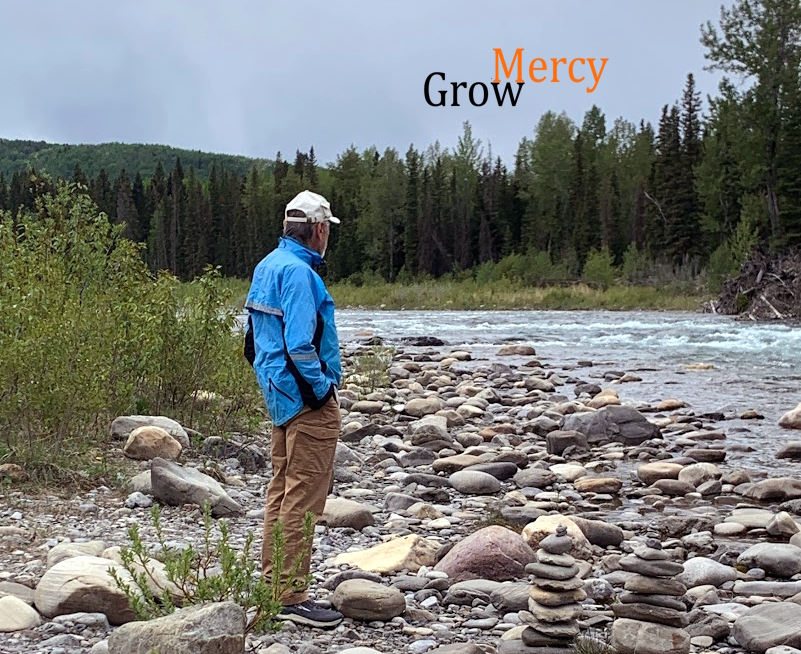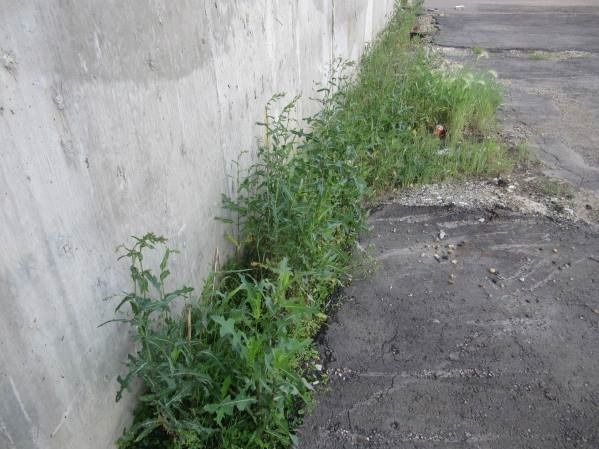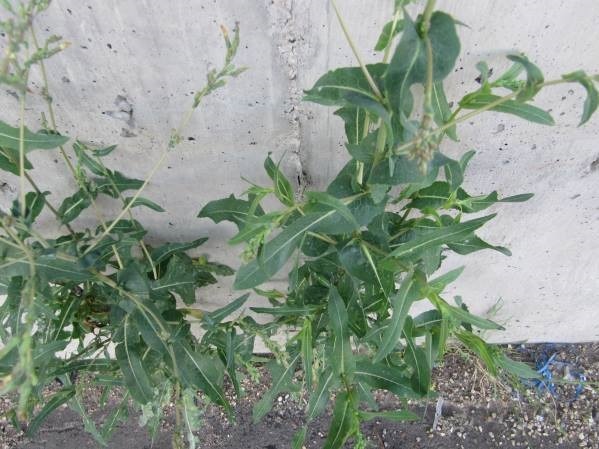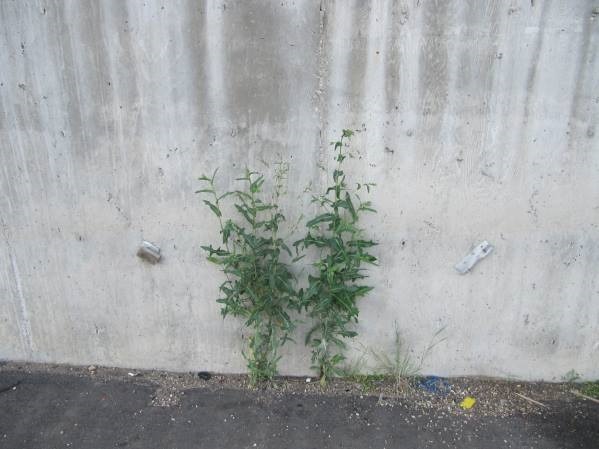I have an affinity for weeds. For as long as I remember, I’ve admired these indigents that sprout up, unwanted, unwelcome, in lawns, gardens, crops.
Many years ago, when I worked as a grain buyer, I took a weed identification class at Olds College. For the final exam, 25 grassy and broadleaf weeds (monocotyledon, dicotyledon), in various growth stages, were laid out on a long table, waiting to be identified. Do I recall my grade? Well, it was the only exam on which I’ve ever received 100 percent.
The course was taught by a man we called Mr. Weeds. A gentleman who would grow passionately crazed while describing an occurrence of bull thistle in a ditch north of Grande Prairie. How that big purple head nodding above the downy brome and Persian darnel had arrested his roving gaze, how the disjunction of place and plant had shot his estimation of the tenacity and ingenuity of the bull to new heights.
Mr. Weeds was the person who sparked my latent interest in these flowering mendicants. And on Mondays I would arrive early and anticipate hearing about his weekend weed-spotting driving trips.
Mr. Weeds, if you are still out there hunting sheep sorrel and shepherds purse in unlikely venues, you will be dismayed to know that I can no longer pass your exam. Sure, I still know my hawk’s-beard from my hawkweed, but a seedling of wild oats (Avena fatua) as opposed to tame, identical except for the blade’s subtle twist…well, does it turn clockwise or counter?
Nevertheless, while I can no longer announce family, genus, species with any confidence, I still have the love. And I have a particular fondness for the weeds that eke out a living in sidewalk cracks—that split asphalt and climb cinder-block walls and flower in the impossible spaces between cement parkades and high-rises.
It’s a marvel really: we plough, grade, gravel, pave, and the earth answers. Perennial sow thistle, portulaca, green foxtail (Setaria veridis), dandelion, oxeye daisy, these are the first responders. These are the ambulance drivers, the firefighters, the ER team. You will not find the iris, the lily, the pansy, the zinnia out here in this wasteland. They will need to wait, generations perhaps, for the heavy lifting by lamb’s quarters, and leafy spurge.
These, “noxious” itinerants—so labelled by the Weed Control Act—are too dogged and crafty to eradicate. And in my eyes, too beautiful. (Not only this, but many of these weeds are edible and healthier than most cultivated vegetables.)
So today, as I walk by the sow thistle, foxtail, plantain and purslane (Portulaca oleracea) that live by my condo, I stop to take pictures—in homage.
Go here for a lovely photo essay of weeds of the suburbs…





Thanks, Steve – there’s an application to people here too – some we have written off as noxious may be the most nourishing for us if we take the time ….
Stephen,
Plants, at least those that haven’t been made all “prim and proper” by humans (think tea roses and ornamentals) are indeed amazing at their ability to withstand all that nature and we through at them – even concrete and toxic contamination (I do ecological restoration). I have always been surprised that students find plants “boring”, because if you get to know them, they really aren’t at all – at the macro or molecular level. As I wrote yesterday, I love wondering through fields of what many call weeds. In Denali back in June, I spent a lot of time on the ground examining all the diversity of the small alpine plants which must be tough to survive the winters in the mountains there.
But I suppose that given how much energy and time I throw at trying to keep back the non-natives which want to take over our old farm, I feel less enthralled about some “weeds” than you are. It is a battle that I cannot win, but haven’t been ready yet to admit defeat!
On a more metaphorical note, I can’t help but suspect that weeds symbolize something else for you – the less glamorous, oft forgotten people of our society – the poor, the hungry, the souls that need to be saved. I so admire your work with the homeless; I don’t think that I could be so strong. I guess my energies are better spent trying, perhaps in vain, to hold back the corporations and those with power, who like the invasives in my field, would strangle out the poor and the indigenous, steal their soil and resources from under their roots – all to make more millions in their company, the planet and our atmosphere be damned.
This reminded me of many poems and the writing of Thich Nhat Hanh and Senryu Suzuki. Each of us and each plant has a role to play in the larger ecosystem.
As my mom would say: “There, but for the grace of God, go I.” That is one that should stop me in my tracks when I see human suffering.
Thank you for a great post Stephen.
Red Clover tea is very high in a number of nutrients yet we often see it as a weed to get rid of. Then we head to the store for vitamins!
Thank you Sam. Very fine catch.
Diane, I so appreciate your insights. Thank you for relaying your personal experience as teacher/scientist/observer/activist. And yes, in the larger sense, our categorizing, our labeling, has too often left us impoverished.
I love this post. I’ve been thinking about weeds so much. Fireweed for me, today.
Ivan…that is (too) high praise. But I do thank you! My reading of Nhat Hanh is that we achieve our best selves when we grow into that (role) for which we were created. Thank you again for commenting.
Thank you Deb. I’m not sure about the history of Red Clover, it may have been a cultivated species that escaped. Either way, your point is exactly right.
Thank you Shawna! I love fireweed. Beautiful.
Man- I am starting to spell like my students. “All that we THROW at them”!!